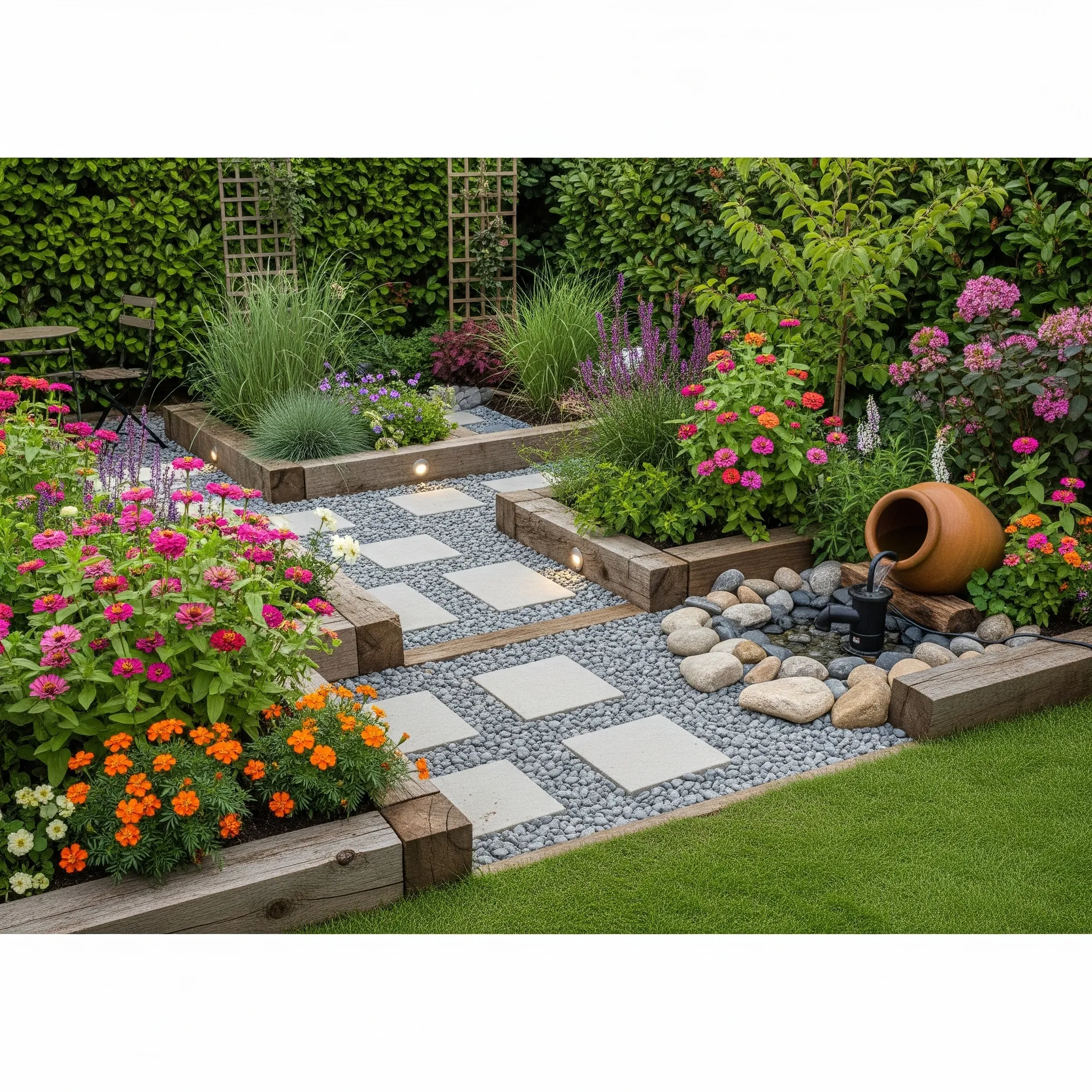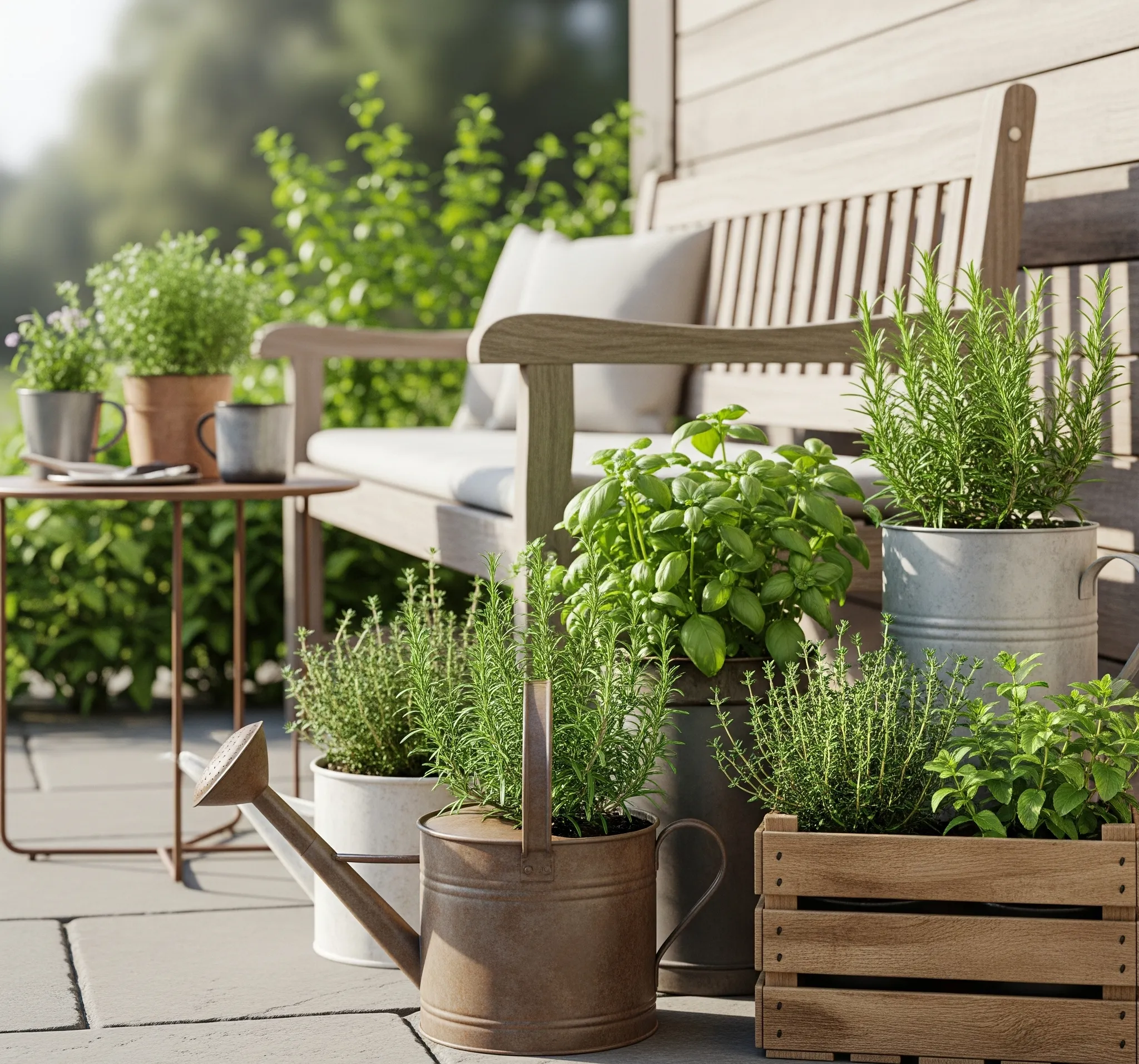Ever scrolled through those breathtaking garden photos online, all lush greenery, cozy nooks, and sparkling water features, and thought, “My backyard could never look like that”? Trust me, I’ve been there, staring at my own patch of sad lawn and wondering if a few potted herbs counted as an “outdoor oasis.”
But after years of trial and error (and definitely a few plant casualties because that’s just part of the gardening journey!), I’ve learned that creating a dream garden isn’t about having acres of land or an endless budget. It’s about smart design, a little elbow grease, and understanding how to make your outdoor space work for you. I’ve transformed everything from tiny urban patios to sprawling suburban yards, and I’m here to spill all my secrets so you can turn your outdoor dreams into a beautiful reality.
Why Even Bother with Garden Design? It’s More Than Just Pretty Plants
You might be thinking, “Isn’t garden design just for fancy estates with groundskeepers?” Nope! Your outdoor space, no matter its size, is an extension of your home. It’s a place for relaxation, entertaining, playing, or simply enjoying nature. People are constantly searching for “garden design ideas” because they want real, actionable ways to transform their often-neglected outdoor areas into functional, beautiful, and personalized havens. It’s about creating a space where you genuinely want to spend time, making memories and enjoying the fresh air. Who wouldn’t want their own slice of paradise right outside their door?
Assessing Your Canvas: What Kind of Outdoor Space Do You Have?
Before you start digging or buying, take a good look at what you’re working with. Every outdoor space, big or small, has potential. It’s about understanding its quirks and embracing them.
Small Backyards & Urban Patios: Maximizing Tiny Terraces

If your outdoor space is more “postage stamp” than “pasture,” don’t despair! Tiny spaces can pack a huge punch with smart design.
- Vertical Gardening: Go up! Use wall planters, tiered shelves, or hanging baskets to add greenery without taking up precious floor space.
- Multi-functional Furniture: Think small-scale dining sets that fold away, storage benches, or ottomans that double as extra seating. Every piece needs to earn its keep.
- Container Power: Plant in pots! This allows you to easily rearrange plants, bring tender ones indoors for winter, and adds a decorative element.
- Zoning with Rugs: An outdoor rug can define a cozy seating area on a patio or small deck, making it feel like an outdoor “room.”
Front Yards: Curb Appeal & Welcoming Vibes
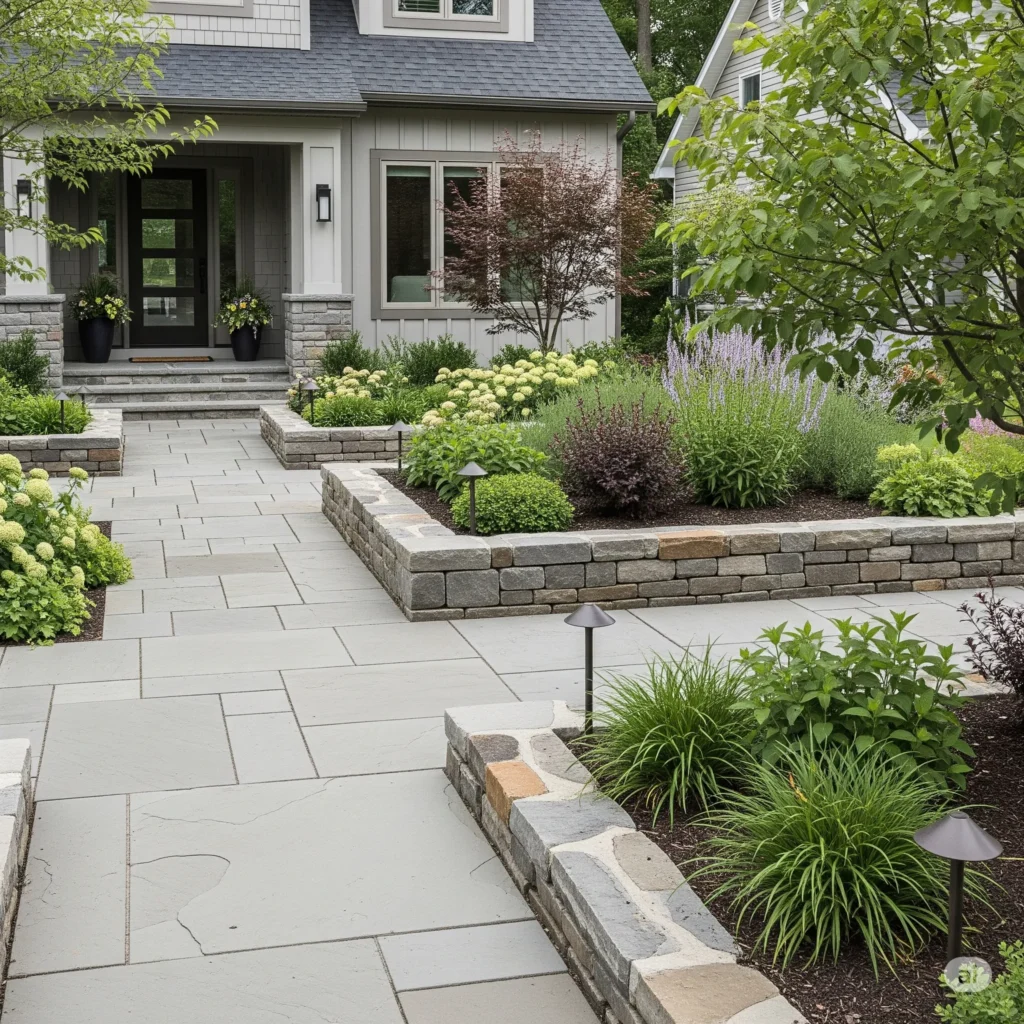
Your front yard is the handshake of your home. It sets the tone for guests and passersby.
- Pathways & Entry: A clear, inviting pathway to your front door is crucial. Consider materials like flagstone, pavers, or even just gravel.
- Layered Plantings: Create visual interest with plants of varying heights, textures, and colors. Place taller plants at the back, graduating to shorter ones at the front.
- Defined Beds: Use edging (stone, metal, or brick) to clearly separate garden beds from your lawn or pathway for a tidy look.
- Seating Nook: If space allows, a small bench or a couple of chairs by the front door can create a welcoming spot to relax or greet neighbors.
Large Landscapes: Zones & Destinations
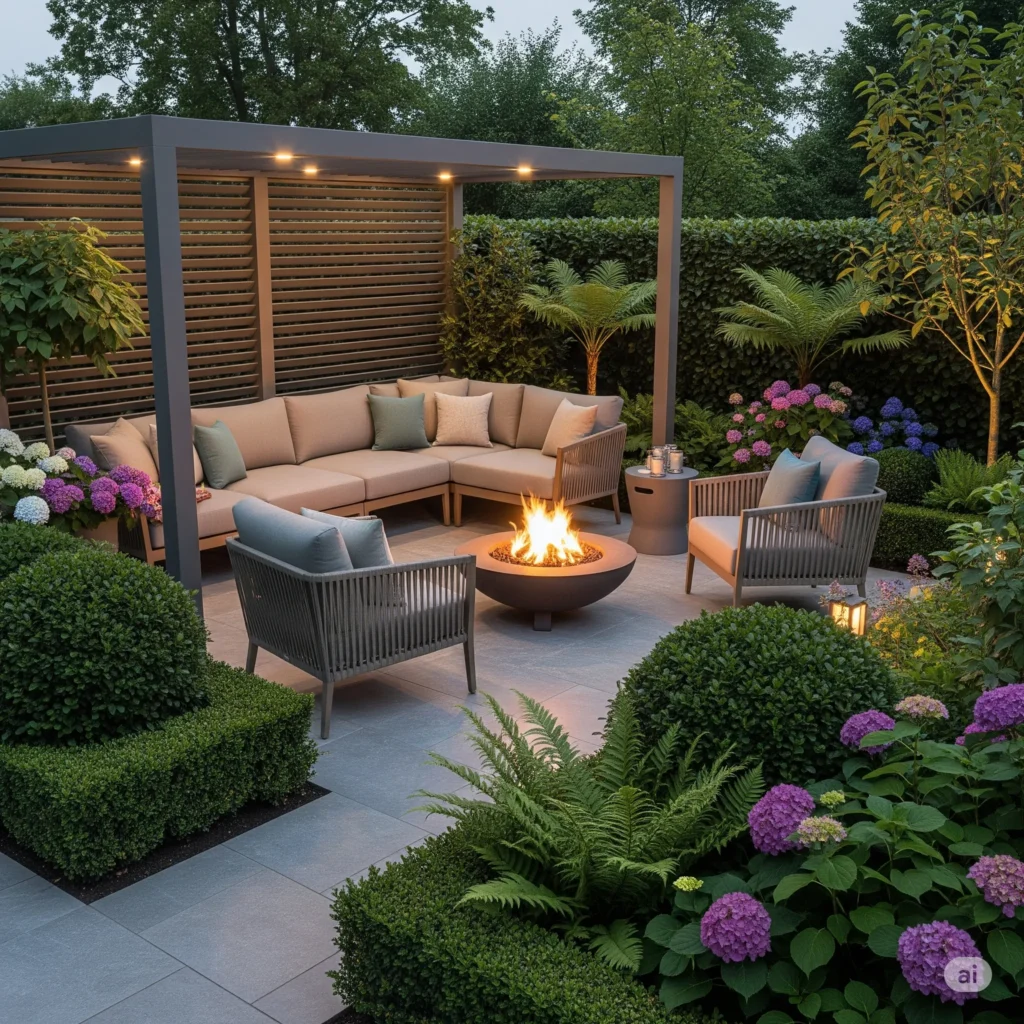
With more space, you have the luxury of creating distinct “rooms” or areas within your garden.
- Divide and Conquer: Break down your large yard into functional zones: a dining area, a lounge area, a play zone for kids, a dedicated garden bed, or even a quiet reading spot.
- Pathways: Use pathways to connect these zones, guiding visitors through your landscape and creating a sense of journey.
- Focal Points: Incorporate visually interesting elements in each zone, like a large sculpture, a beautiful tree, a water feature, or a striking planting bed.
- Varying Elevations: Consider raised garden beds or terracing to add dimension and interest to a flat yard.
Pro Tip: Before you start, snap photos of your space throughout the day. This helps you identify sunny spots, shady corners, and areas that might need extra attention for drainage.
Essential Elements: Building Blocks of a Beautiful Garden
Once you know your space, it’s time to think about the features that will bring your vision to life. These elements add structure, beauty, and functionality.
Pathways: Guiding the Way
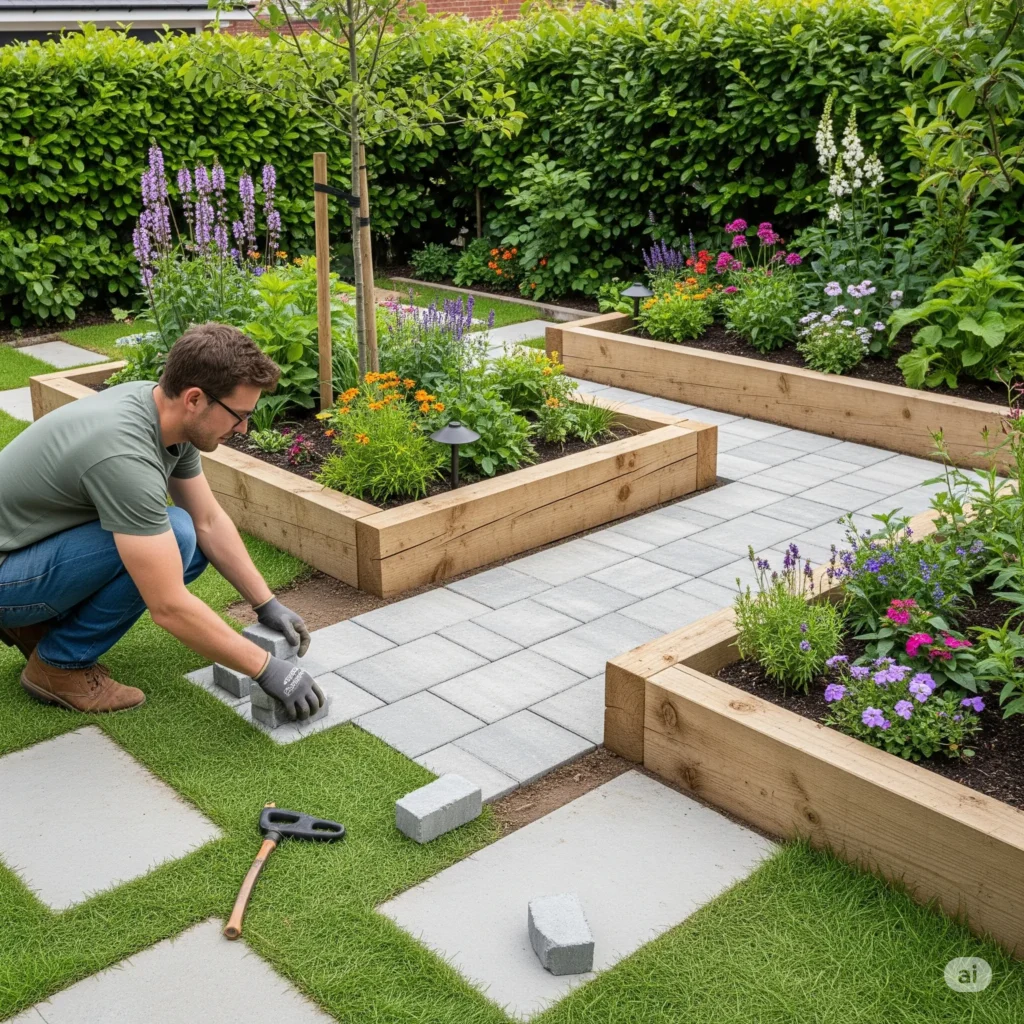
Paths aren’t just for walking; they define areas and add aesthetic appeal.
- Material Matters: Choose materials that complement your home’s style and your budget. Gravel offers a rustic, permeable option. Pavers or flagstone create a more formal look. Stepping stones can feel whimsical.
- Curved vs. Straight: Curved paths often feel more inviting and mysterious, encouraging exploration. Straight paths can feel more formal and direct.
- Width: Ensure paths are wide enough for comfortable walking, especially if two people will walk side-by-side (usually at least 3-4 feet for main paths). Nobody likes a cramped walk.
- Edging: Define your paths with edging to keep materials contained and give a crisp, finished look.
Raised Garden Beds: Tidy & Productive
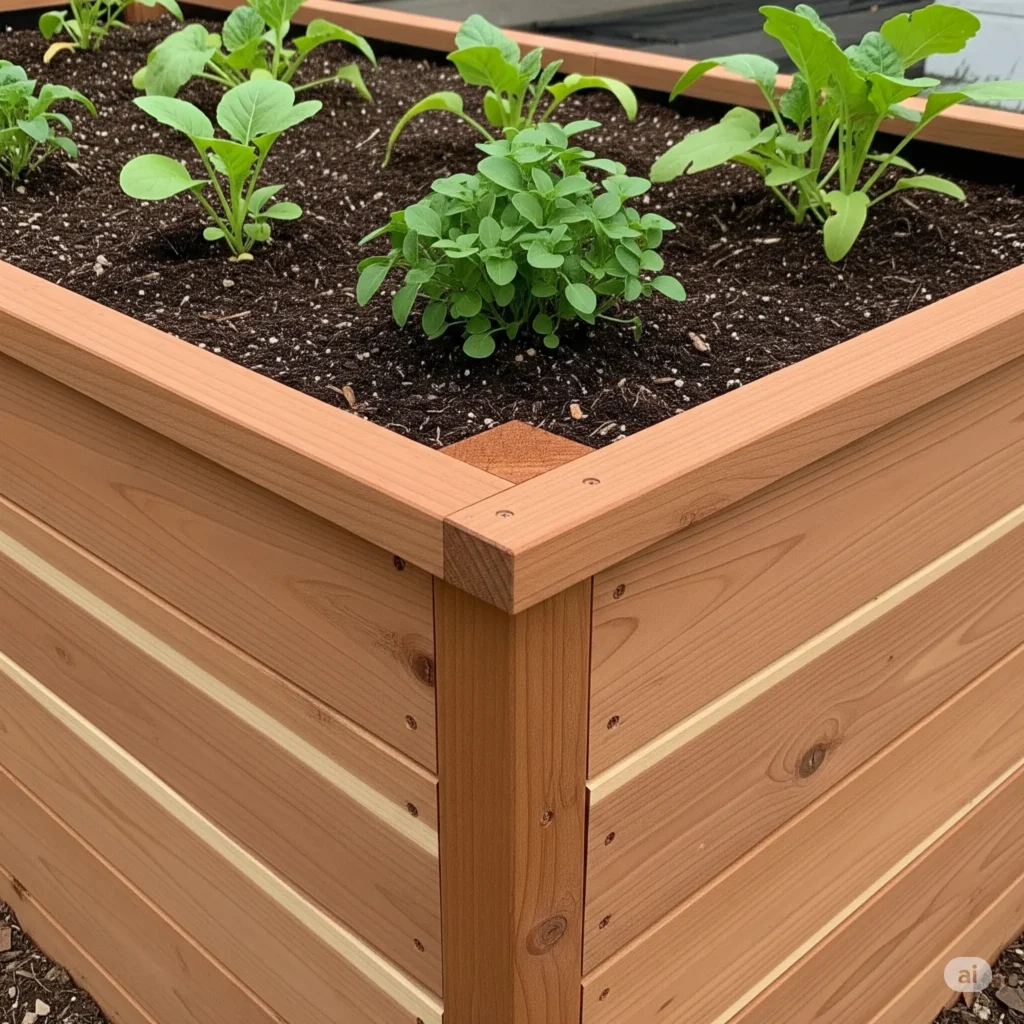
Raised beds are a game-changer for veggies, herbs, and even flowers.
- Better Soil Control: You fill them with ideal soil mixes, allowing you to tailor conditions for specific plants. This is a lifesaver if your native soil is poor.
- Improved Drainage: Raised beds naturally drain better than in-ground beds, preventing soggy roots.
- Ergonomics: Less bending and kneeling! Your back and knees will thank you during planting and harvesting.
- Pest Deterrent: They can offer some protection from ground-dwelling pests (though not all of them, unfortunately).
- Materials: Wood (cedar is popular for its rot resistance), stone, metal, or even galvanized troughs make great raised beds.
Rock Gardens: Low-Maintenance & Rustic Charm
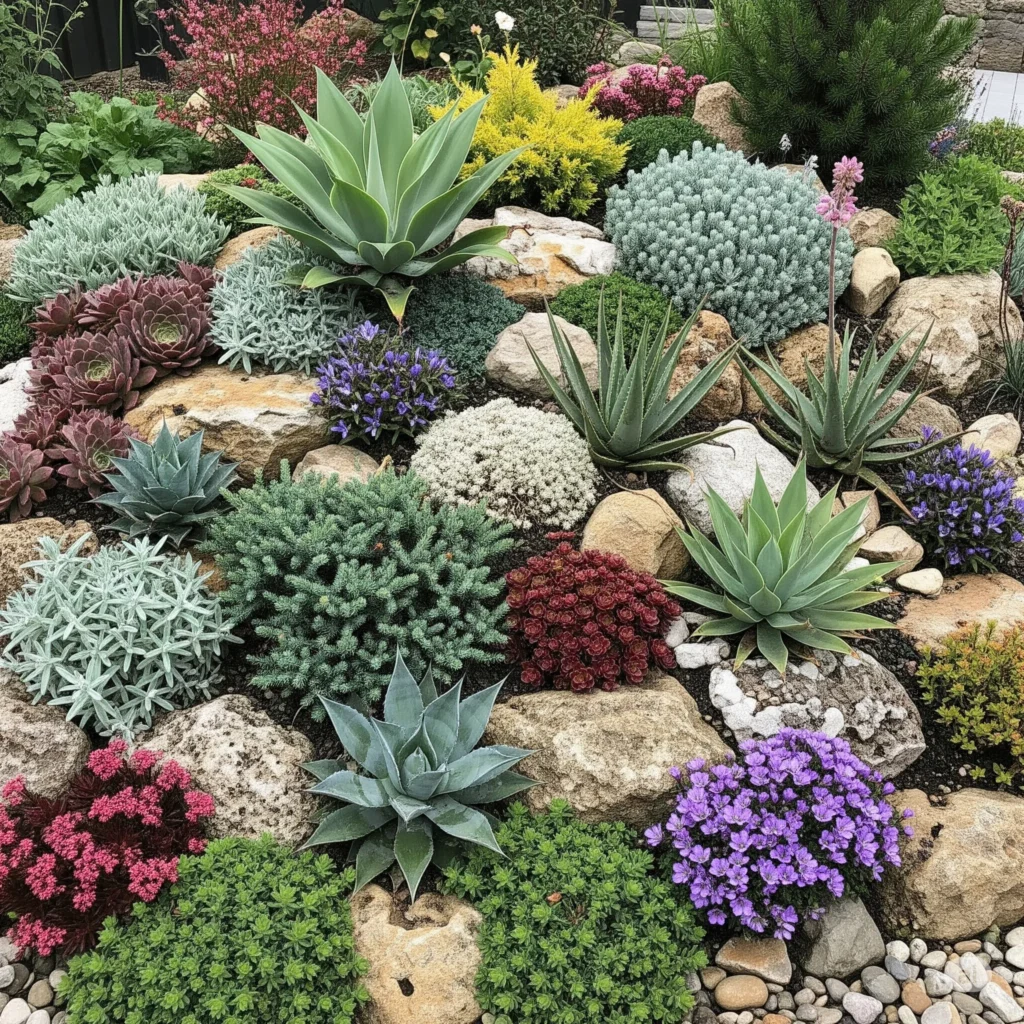
If you’re looking for character with minimal fuss, a rock garden might be for you.
- Drought-Tolerant Plants: Rock gardens excel with succulents, alpine plants, and other drought-tolerant species that thrive in well-drained, rocky conditions.
- Natural Aesthetic: They create a natural, rugged look, often mimicking mountain landscapes.
- Drainage: The rocks themselves promote excellent drainage, which many specific plants love.
- Placement: Ideal for sloped areas or sunny spots where other plants might struggle. They also add great textural contrast.
Water Features: Serenity Now!
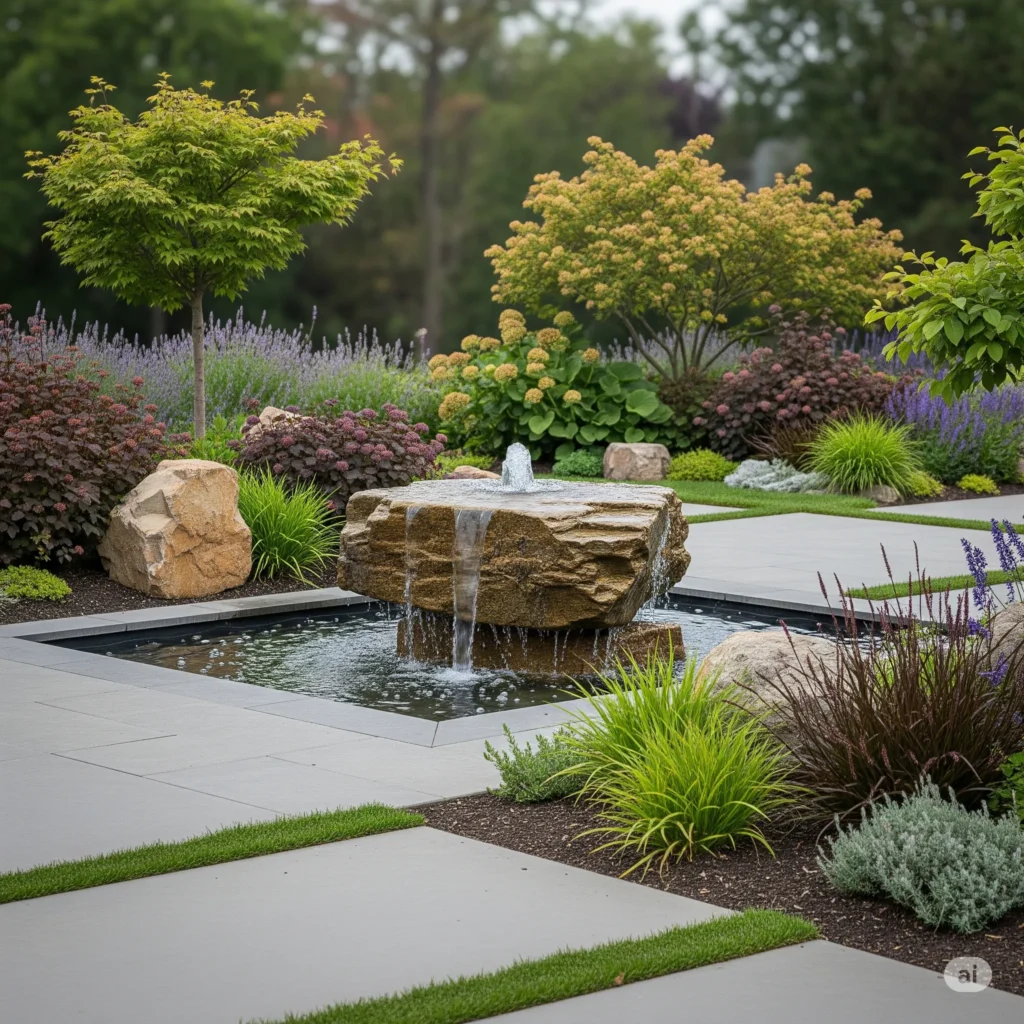
The sound and sight of water instantly add tranquility and appeal to any garden.
- Ponds: A larger feature that can support aquatic plants and even fish. They create a lush, natural habitat.
- Fountains: From simple bubbling rocks to multi-tiered structures, fountains offer the soothing sound of moving water. My small patio has a tiny bubbling fountain, and it truly makes the space feel more peaceful.
- Bird Baths: A simpler water element that attracts birds, adding life and sound to your garden.
- Maintenance: Consider the maintenance involved. Ponds need filtration, and all water features need occasional cleaning to prevent algae buildup.
Lighting: Extend Your Outdoor Living
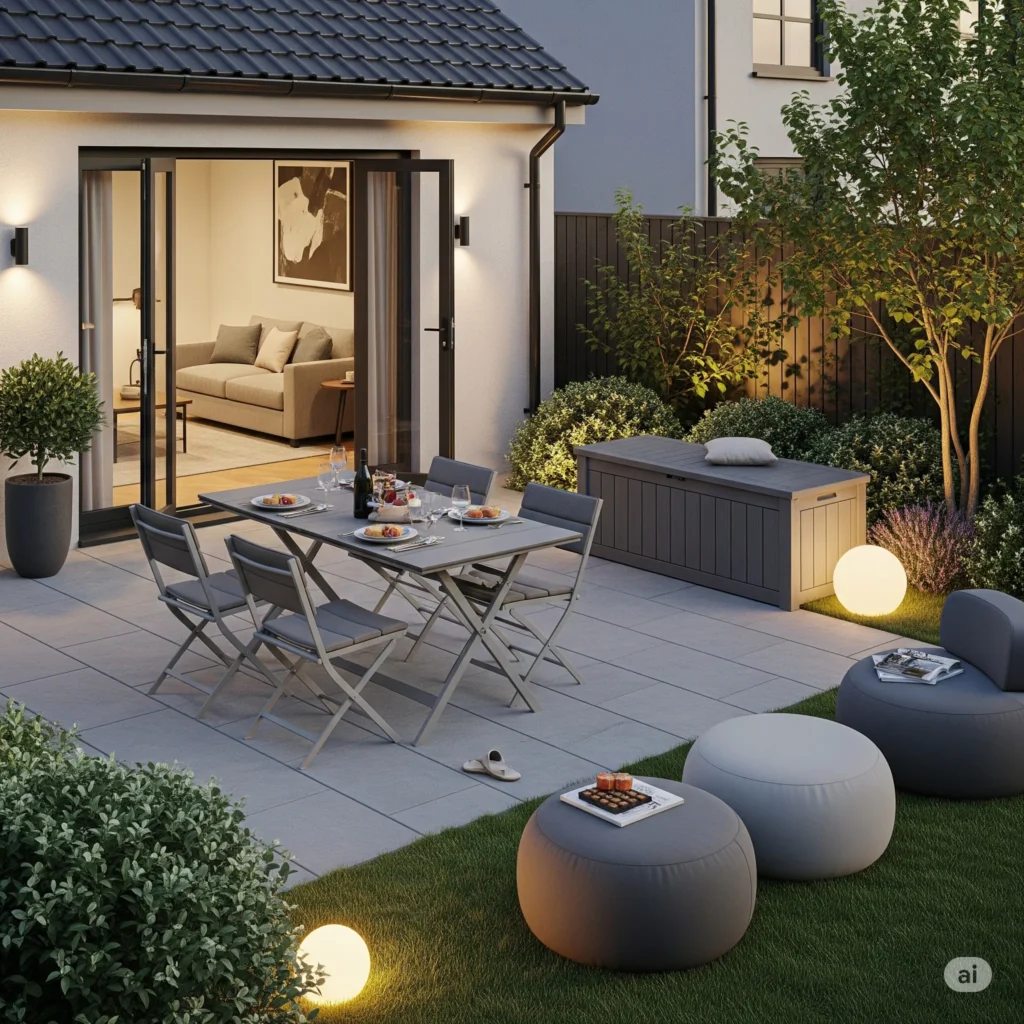
Don’t let sundown mean the end of your garden enjoyment! Lighting transforms a space.
- Path Lighting: Guides you safely along pathways and adds a welcoming glow.
- Accent Lighting: Highlights specific plants, trees, or garden features, creating dramatic focal points.
- Task Lighting: For dining or cooking areas, provide brighter light for functionality.
- Ambiance Lighting: String lights, lanterns, or outdoor candles create a cozy, festive atmosphere. Solar-powered options are fantastic for low-fuss illumination.
Seating Areas: The Invitation to Linger
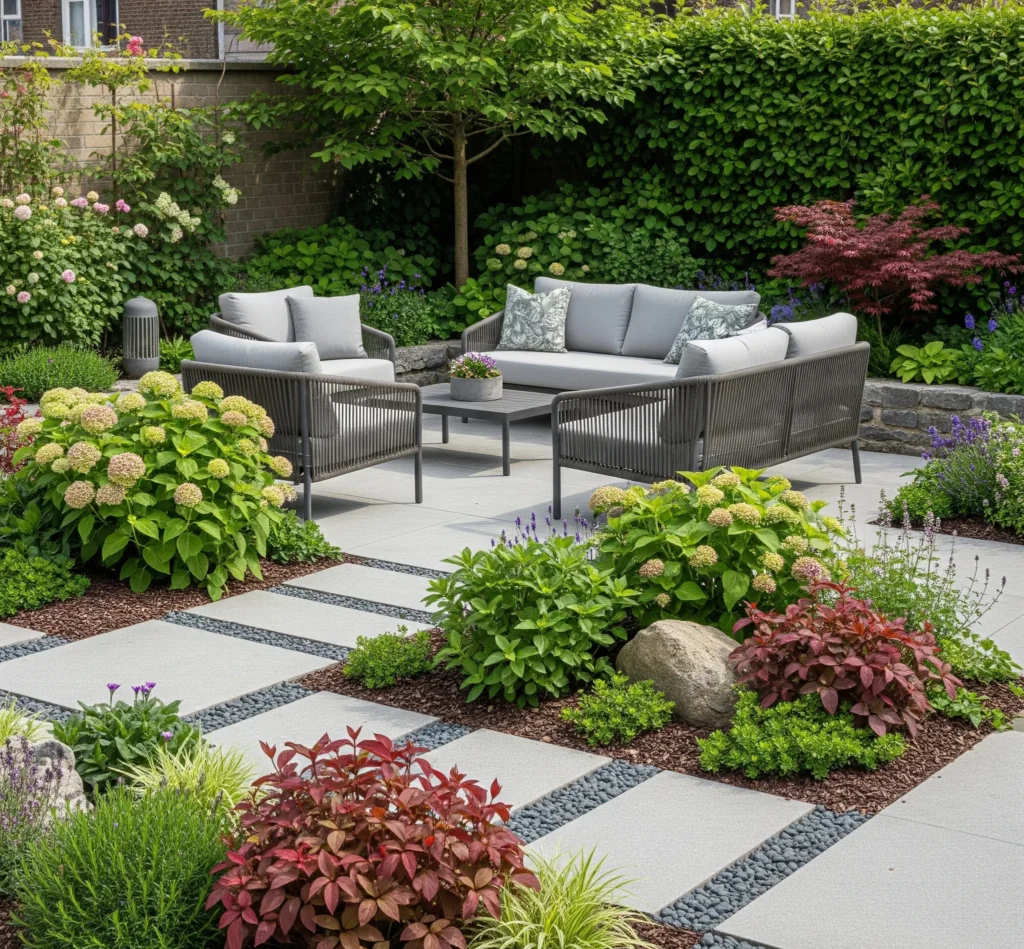
You need comfortable spots to enjoy your oasis.
- Defined Zones: Use outdoor rugs, pergolas, or low walls to define distinct seating areas for dining, lounging, or intimate conversations.
- Comfort is Key: Choose comfortable outdoor furniture with weather-resistant cushions. Nobody wants to sit on a hard bench for hours.
- Shade Solutions: Incorporate umbrellas, pergolas, shade sails, or strategically placed trees to provide relief from the sun.
- Fire Features: A fire pit or outdoor fireplace creates a cozy gathering spot and extends the usability of your outdoor space into cooler evenings. It’s perfect for s’mores, FYI.
Pro Tip: When planning lighting, think about layers, just like indoors. You want general ambient light, task lighting where needed, and accent lighting for drama.
Garden Styles: Finding Your Outdoor Aesthetic
Just like interior design, garden design has various styles. Picking one helps you create a cohesive and harmonious outdoor space.
Modern Garden: Sleek & Structured
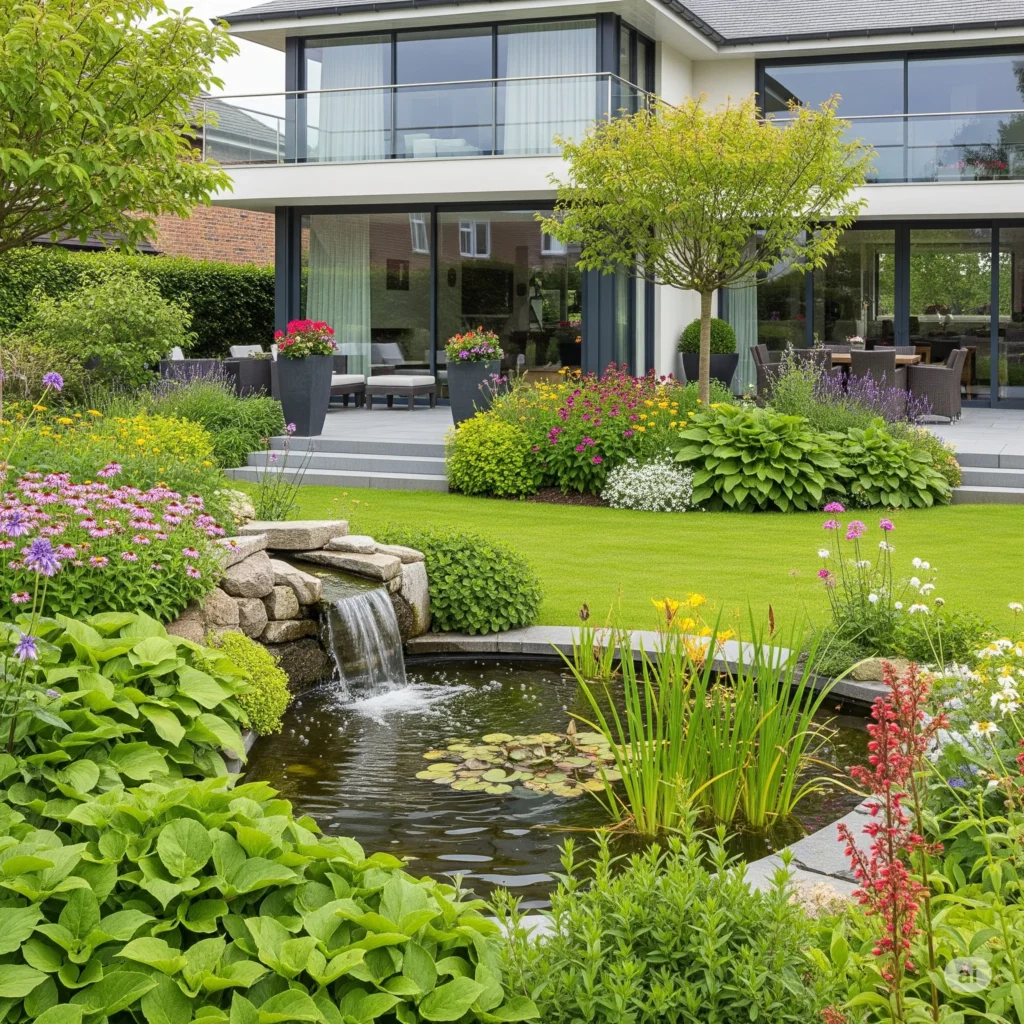
This style emphasizes clean lines, geometric shapes, and a minimalist aesthetic.
- Key Elements: Hardscaping materials like concrete, sleek pavers, and metal. Plants with strong architectural forms (e.g., succulents, grasses, boxwoods). Limited color palette.
- The Feel: Sophisticated, uncluttered, and calm. It often feels like an extension of a modern home.
- My Take: Modern gardens can be incredibly striking. They work beautifully in urban settings or with contemporary homes. They’re less about wild growth and more about curated beauty.
Natural/Wildflower Garden: Wild & Wonderful
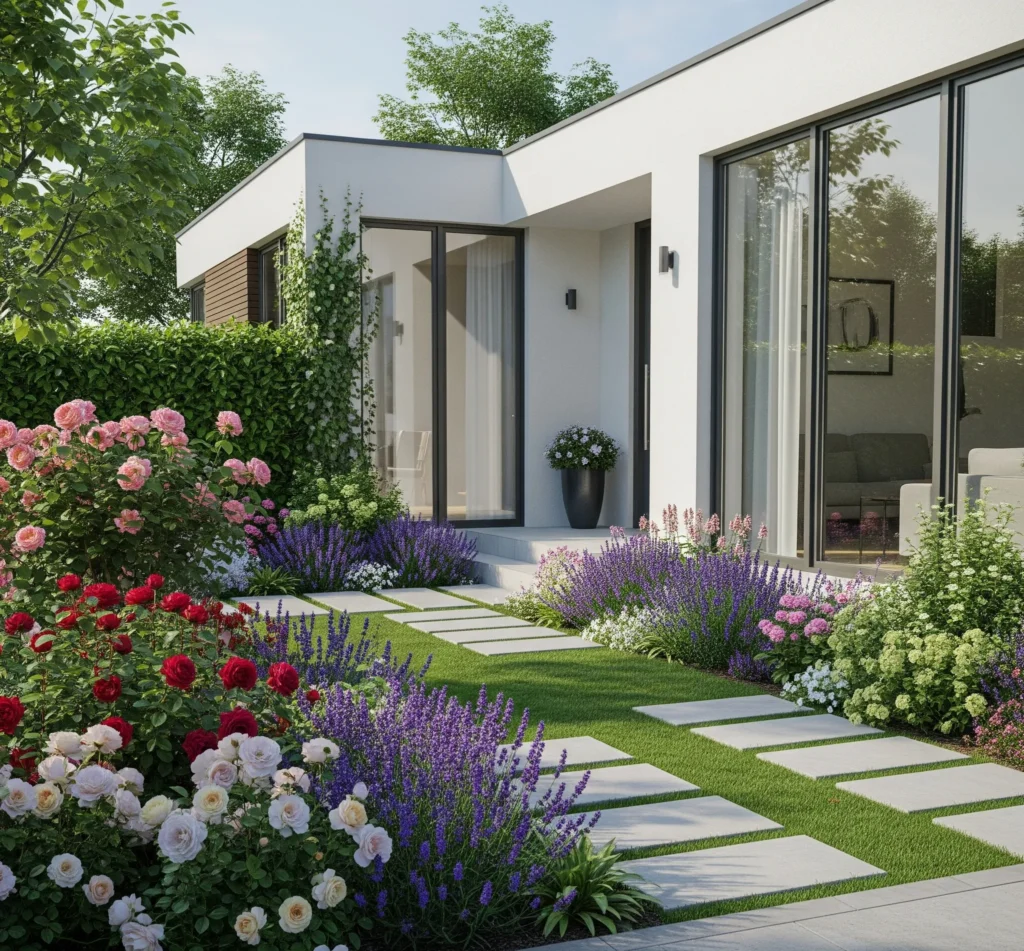
This style embraces native plants, informal arrangements, and a relaxed, meadow-like feel.
- Key Elements: Native grasses, wildflowers, informal pathways, natural stone. Focus on attracting pollinators and supporting local ecosystems.
- The Feel: Relaxed, eco-conscious, vibrant with wildlife, and inherently beautiful. It feels like a natural landscape, not a manicured one.
- My Take: I’m moving more and more towards this style for parts of my yard. It requires less fuss once established, and seeing butterflies and bees flitting around is just pure joy.
Cottage Garden: Charming & Abundant
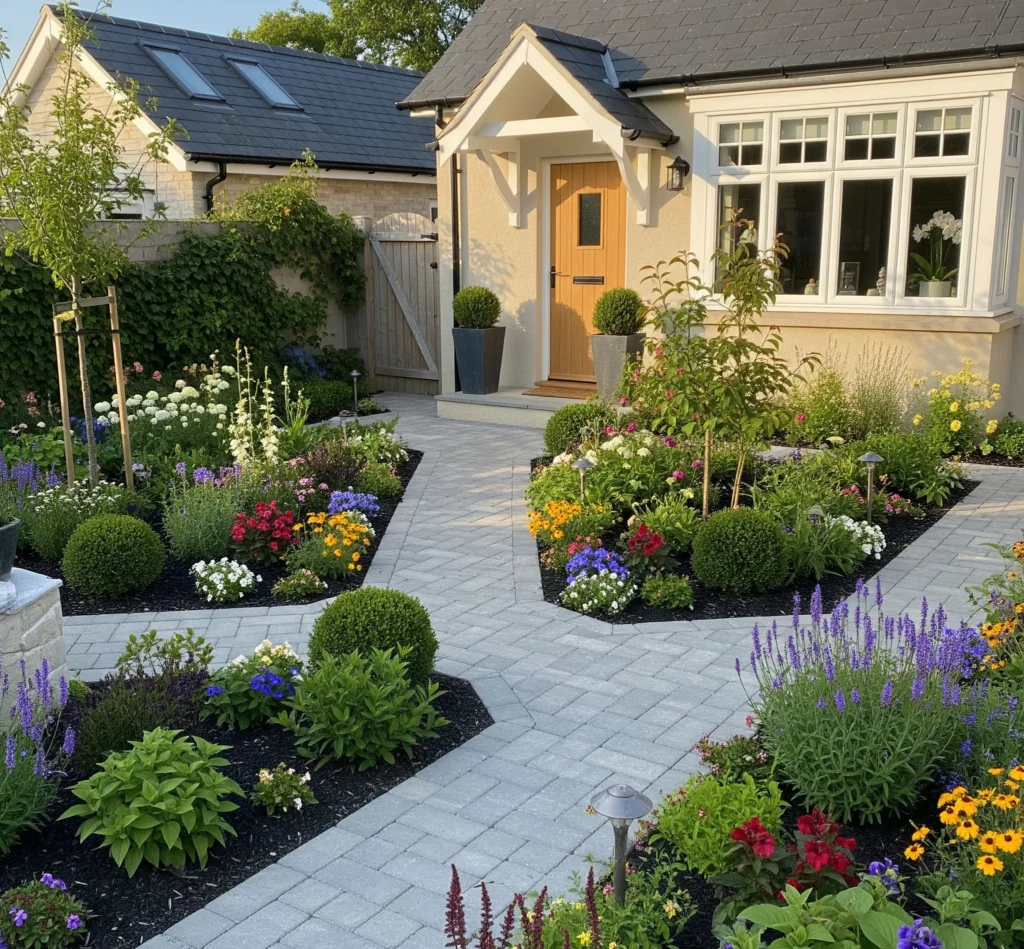
Bursting with color, fragrance, and a romantic, slightly wild charm.
- Key Elements: Abundant flowers (roses, delphiniums, foxgloves), climbing plants, picket fences, informal pathways, and a mix of herbs and edible plants.
- The Feel: Whimsical, cozy, inviting, and nostalgic. It evokes a sense of old-world charm and overflowing beauty.
- My Take: This is the garden style that always makes me smile. It feels like a hug! It does require a bit more hands-on care, but the payoff in beauty and fragrance is worth it.
Sustainable/Xeriscape Garden: Eco-Conscious & Resilient
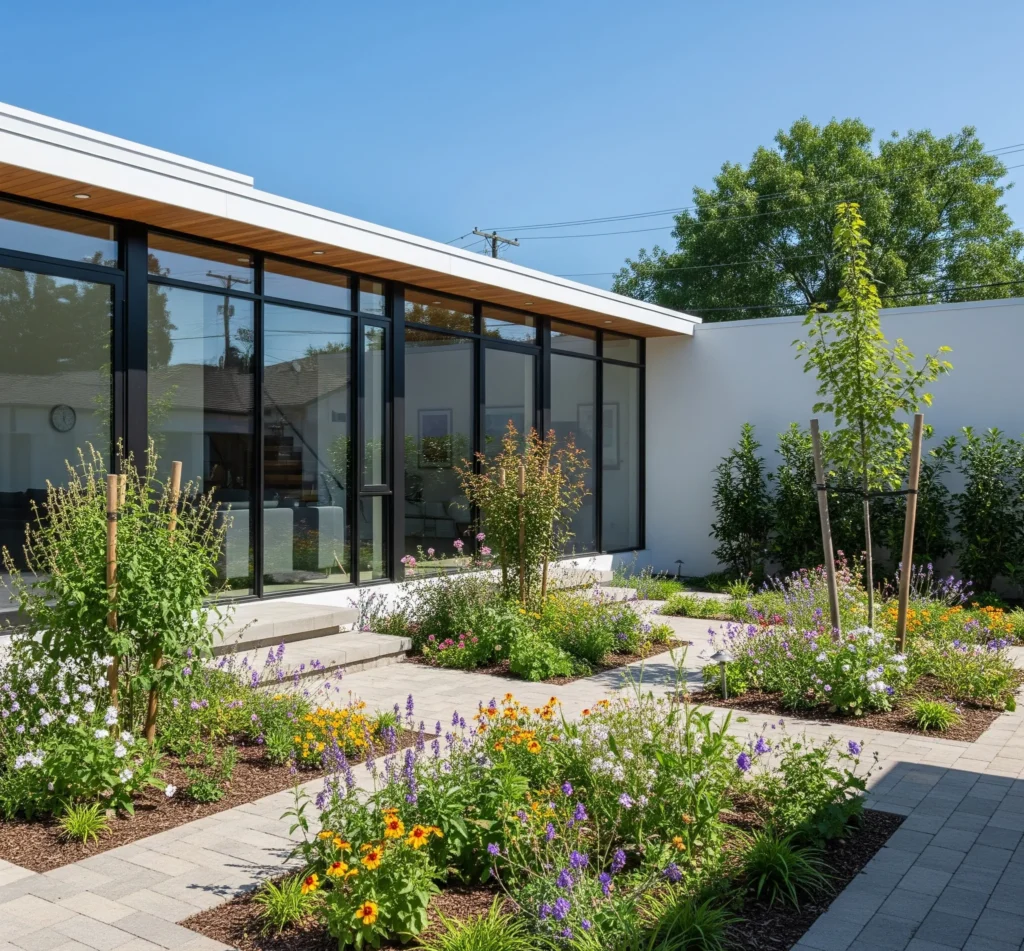
Focuses on water conservation and using plants adapted to your local climate.
- Key Elements: Drought-tolerant plants, efficient irrigation (drip systems), permeable surfaces, mulch to retain moisture, and often a focus on native species.
- The Feel: Responsible, natural, resilient, and often surprisingly beautiful. It proves you don’t need a lot of water for a stunning garden.
- My Take: As water becomes a bigger concern, this style is becoming increasingly important. It’s smart, saves money, and can still be incredibly diverse and colorful.
Low-Maintenance Garden: Relax & Enjoy
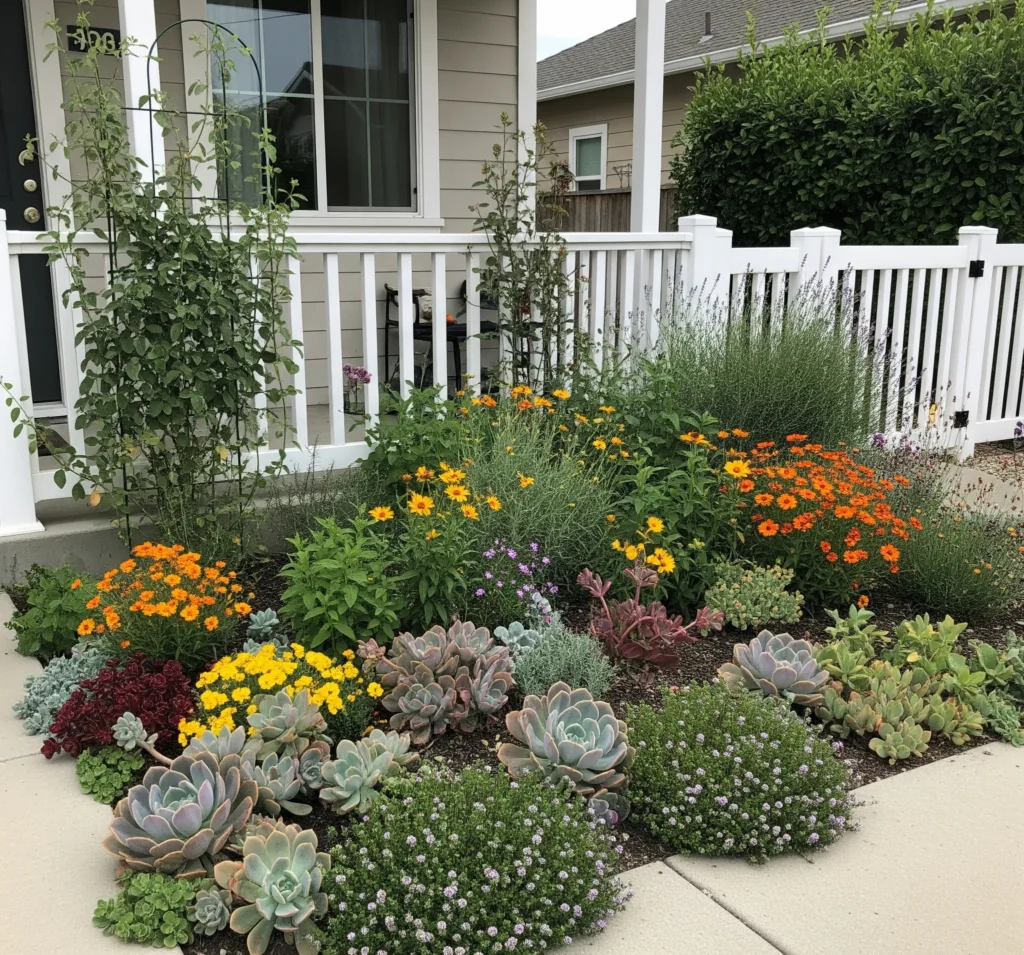
Designed for those who want beauty without constant upkeep.
- Key Elements: Drought-tolerant plants, slow-growing shrubs, perennials that don’t need deadheading, efficient hardscaping, and heavy mulching to suppress weeds.
- The Feel: Easy-going, clean, and enjoyable. It frees up your time for relaxing, not endless weeding.
- My Take: This is perfect for busy bees! It still gives you that green escape without turning into a second job. Planning is crucial for this style.
Pro Tip: Research plants native to your region. They’re naturally adapted to your climate, often require less water, and support local wildlife. It’s a win-win-win!
Solutions for Specific Needs: Tailoring Your Oasis
Beyond style, your garden might need to serve specific functions.
Budget-Friendly Projects: DIY Your Way to Dreamy
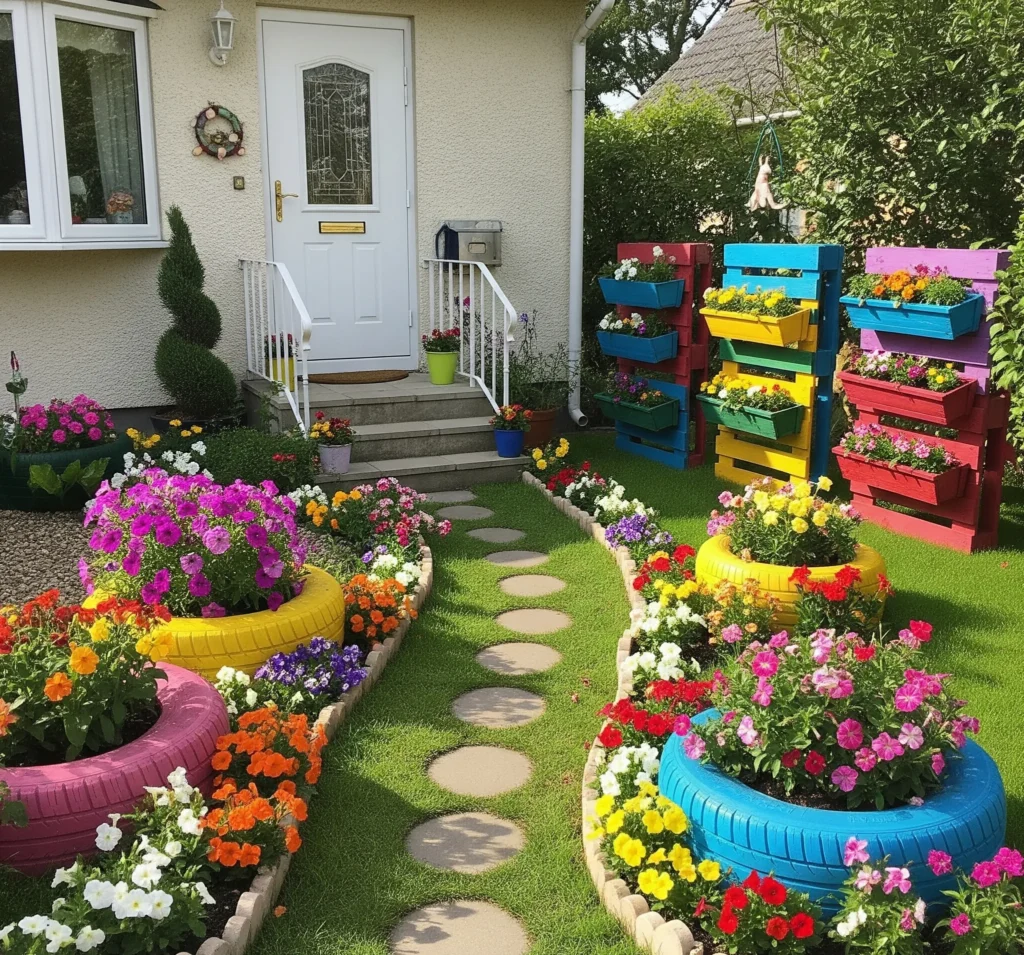
You don’t need a huge budget to create a stunning garden.
- DIY Hardscaping: Lay your own pavers, build simple raised beds from untreated lumber, or create gravel paths.
- Start from Seed: Growing plants from seed is much cheaper than buying mature plants.
- Repurpose & Upcycle: Use old tires as planters, pallet wood for vertical gardens, or reclaimed bricks for edging.
- Propagate Plants: Learn to take cuttings from existing plants or ask friends for divisions of their perennials. Free plants are the best plants!
- Buy in Bulk: Topsoil, mulch, and gravel are often cheaper when bought in larger quantities from a local landscape supply.
Child-Friendly Spaces: Play & Grow
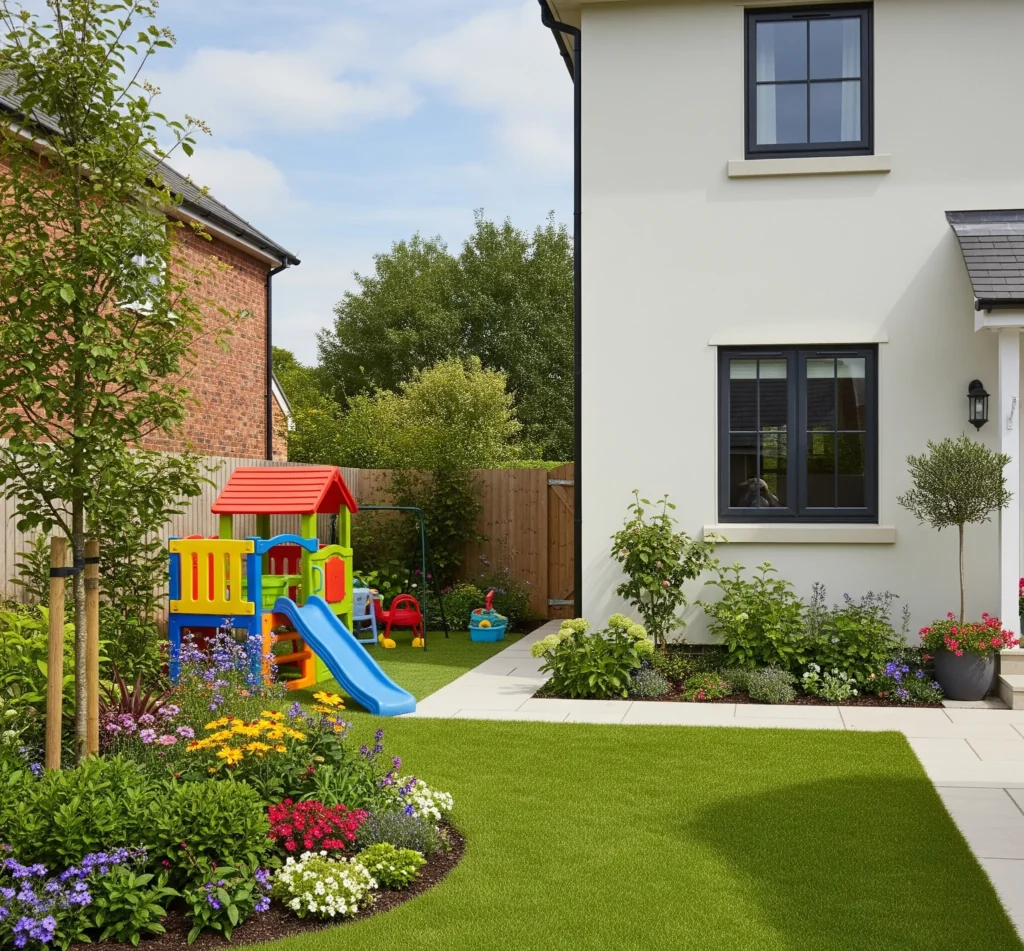
Gardens can be fantastic playgrounds and learning environments for kids.
- Safe Materials: Choose non-toxic plants and soft surfaces (grass, mulch, sand) for play areas.
- Designated Play Zone: Create an area for swings, sandboxes, or simply open space for running around.
- Sensory Garden: Plant herbs, textured plants, or colorful flowers that engage their senses.
- Kid-Friendly Garden Beds: Give them their own small plot to grow easy plants like cherry tomatoes, sunflowers, or snap peas. My kids love seeing “their” plants grow.
- Pathways for Riding: Wide, smooth paths can be great for bikes or scooters.
Attracting Pollinators: Bring on the Bees & Butterflies!
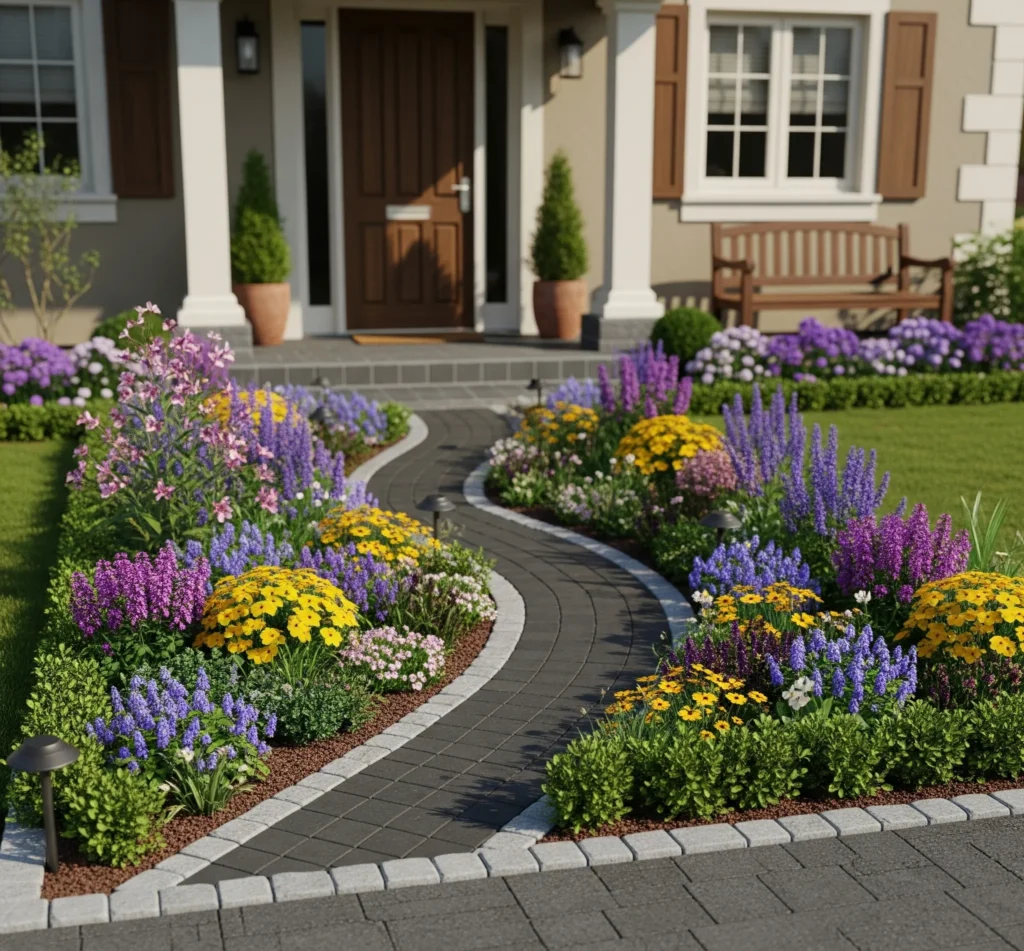
Creating a pollinator-friendly garden benefits local ecosystems and adds beauty.
- Nectar-Rich Plants: Plant a variety of flowers that provide nectar and pollen throughout the seasons. Think coneflowers, salvia, lavender, milkweed (for monarch butterflies!), and sunflowers.
- Diverse Bloom Times: Ensure you have plants blooming from spring through fall to provide a continuous food source.
- Avoid Pesticides: This is huge. Pesticides harm pollinators. Opt for organic pest control methods or embrace a few nibbled leaves.
- Water Source: A shallow bird bath or a small, still water feature provides a drinking spot for insects and birds.
Pro Tip: Before starting any large-scale project, sketch out your ideas on paper. It helps you visualize and troubleshoot potential issues before you start digging!
Final Thoughts: Cultivate Your Outdoor Dream!
So, there you have it, fellow garden enthusiast! Designing your outdoor oasis, whether it’s a sprawling backyard or a cozy patio, is an incredibly rewarding journey. It’s about blending functionality with beauty, embracing your personal style, and creating a space where you can relax, entertain, and connect with nature. Don’t feel overwhelmed by the possibilities; start small, tackle one project at a time, and most importantly, enjoy the process of watching your outdoor dreams bloom. Your garden is waiting for its ultimate glow-up. Now, what are you waiting for? Go forth and cultivate!
